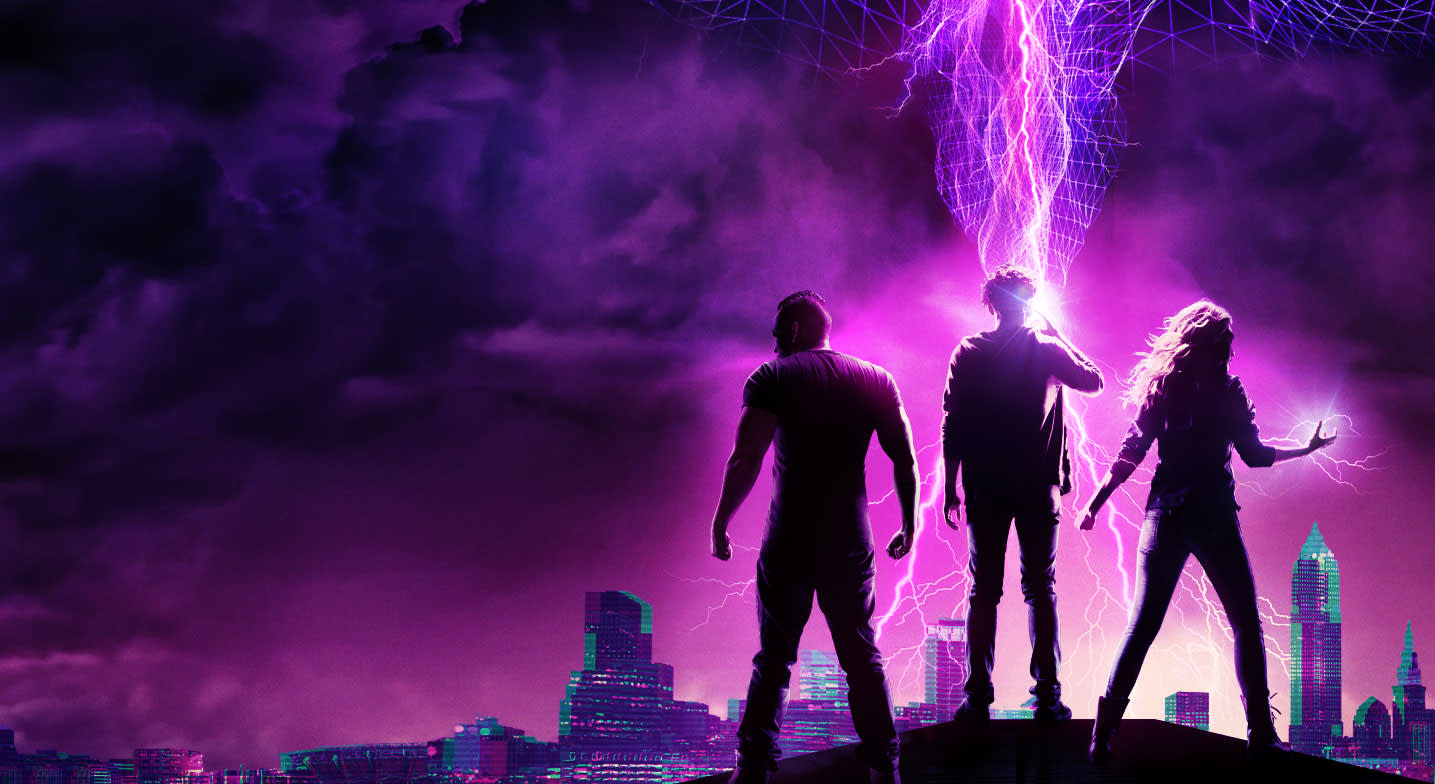Nowadays, it may seem like Stan Lee invented superheroes. So many of the characters he helped create are soaring across screens and firing the imaginations of millions of people across the world. But the legendary creator didn't birth the superhero genre all by himself; costumed crusaders were fighting and truth and justice just as Lee was getting started out in the publishing business. What Stan Lee did was arguably more important: he helped reinvent them.
Before Marvel Comics put out the first issue of Fantastic Fourin 1961, most superhero stories and characters fell into predictably familiar archetypes. The publishing landscape--dominated by the characters like DC Comics' Superman and Batman--featured single-issue storylines that didn't connect to each other and heroes whose lives were only ever disturbed by external plot contrivances. When the Fantastic Four, Spider-Man, and the Hulk debuted in Marvel's early years, they harbored foibles and flaws that were refreshingly human. Prior to the 1970s, Batman never really worried about money or the health of his butler/surrogate parent Alfred Pennyworth. But almost every issue of the early Spider-Man comics had Peter Parker fretting over Aunt May's well-being and how he could help her pay the household's bills. Despite being a strange visitor from another planet, the Man of Steel displayed almost perfect control of his emotions; the stresses of his double life as Clark Kent and Superman rarely led to fits of uncontrollable rage. If it ever did, the anger and consequences were all cleaned up by the end of a particular Superman story. The Hulk lived a different sort of super-strong life after being born in a bomb-blast of radioactive gamma energy. Bruce Banner's split identities of scientist and monster warred with each other, angry at their shared existence and the way puny humans hounded them even after they'd saved folks from saboteurs and would-be tyrants. The Hulk hated himself in a way that Superman never would.
Stan Lee and his co-creators ushered a different sort of superhero paradigm into the world.
The company's characters would show up in each other's stories and comment on big happenings in the universe, creating a sense of interconnectedness that felt vibrant and fresh. Once Stan Lee and his co-creators ushered a different sort of superhero paradigm into the world, the entire genre followed Marvel Comics' example. Over the decades, it was impossible to not reckon with Lee's influence as superhero stories explored more complicated psychological and existential ideas about what it meant to have power. And the settings for the adventures of Daredevil and Iron Man weren't made-up places like Metropolis and Gotham City. Marvel's heroes swung and flew through Manhattan, one that aimed to be recognizable for people who lived there and seductive to those who didn't. As an oft-invoked quote credited to Lee says, he wanted the fictional universe unfolding in Marvel's comics to look like the world outside your window.




